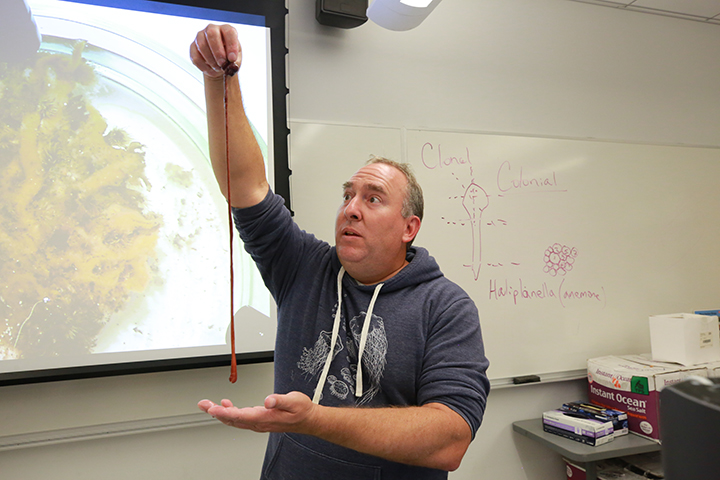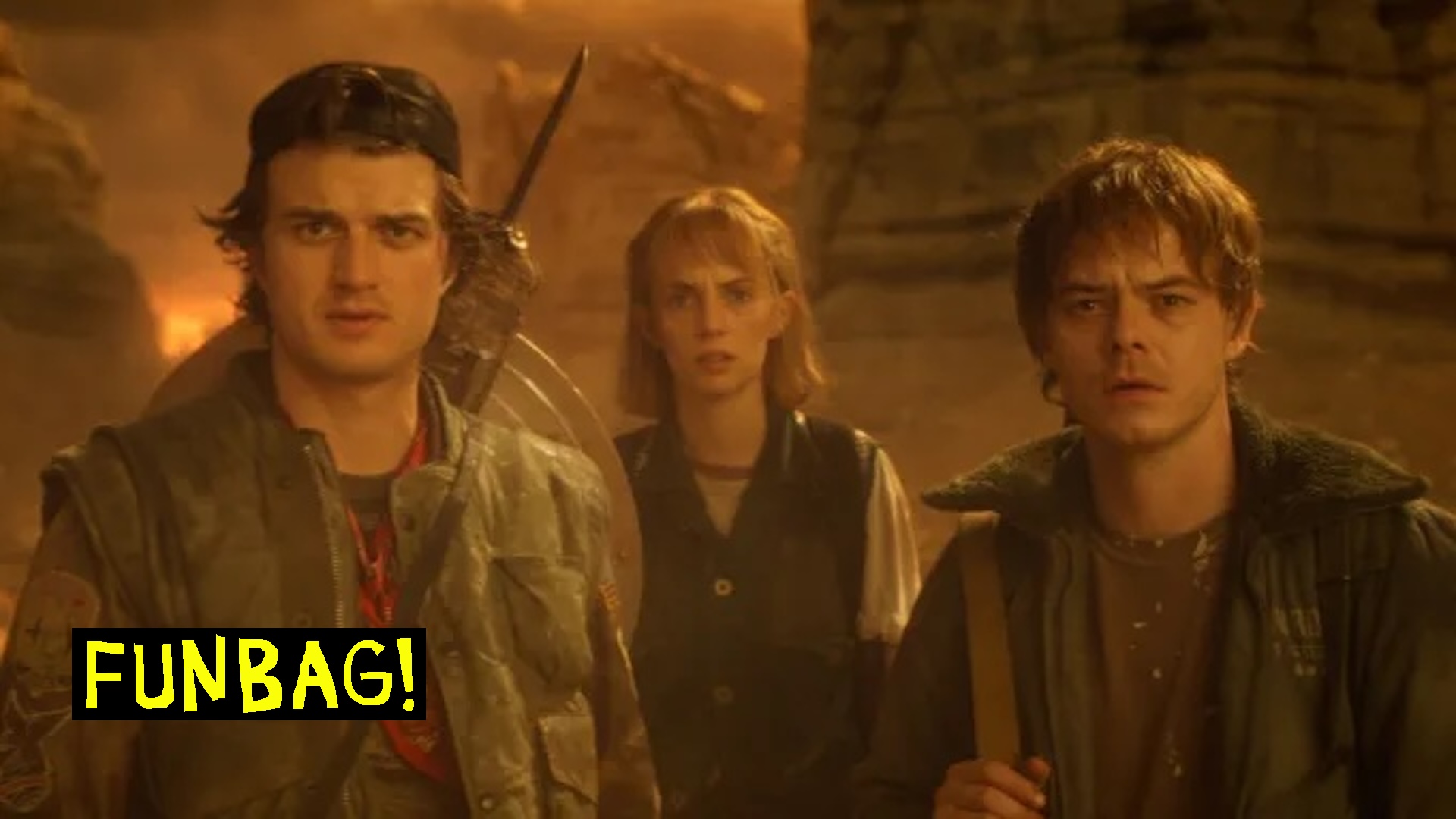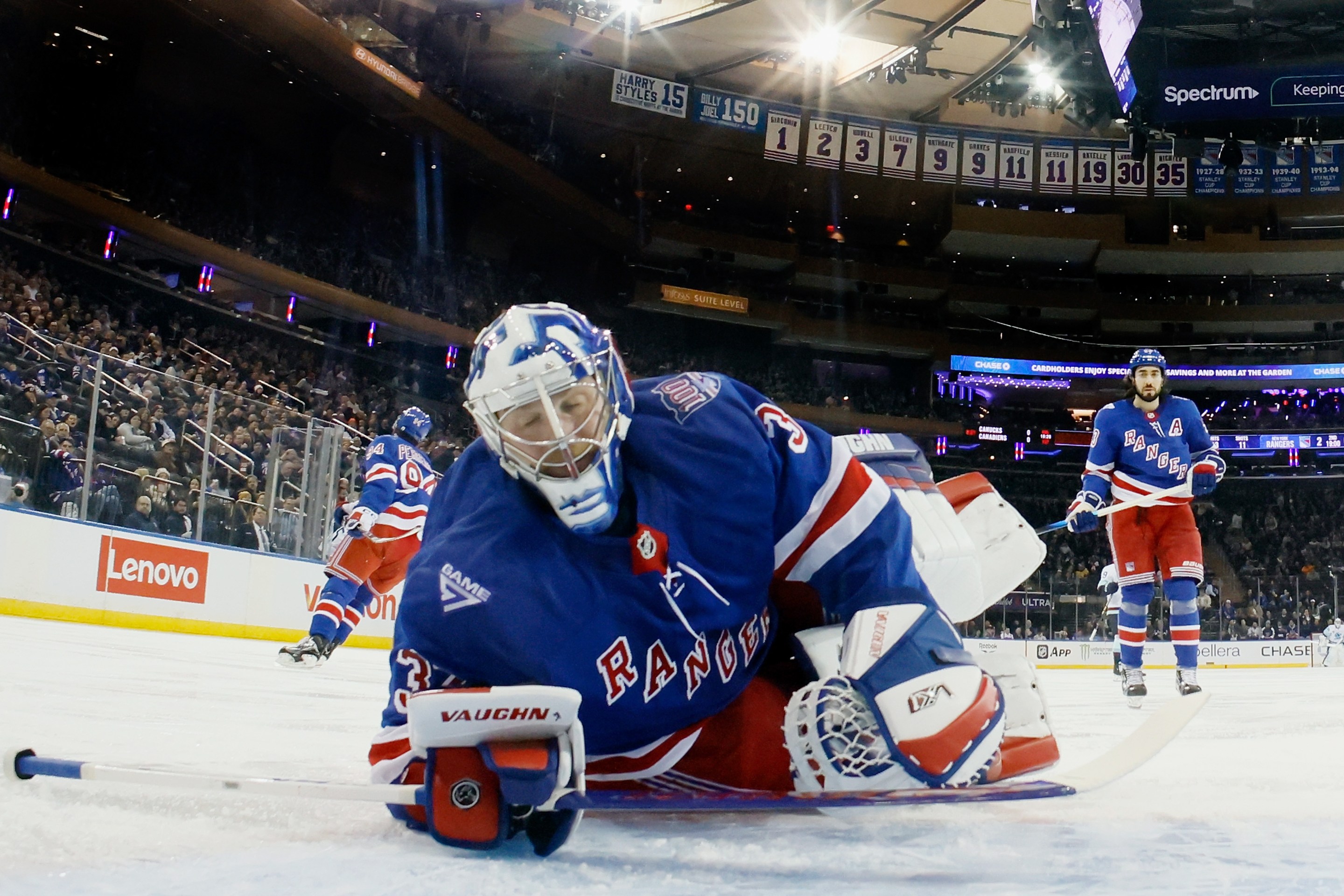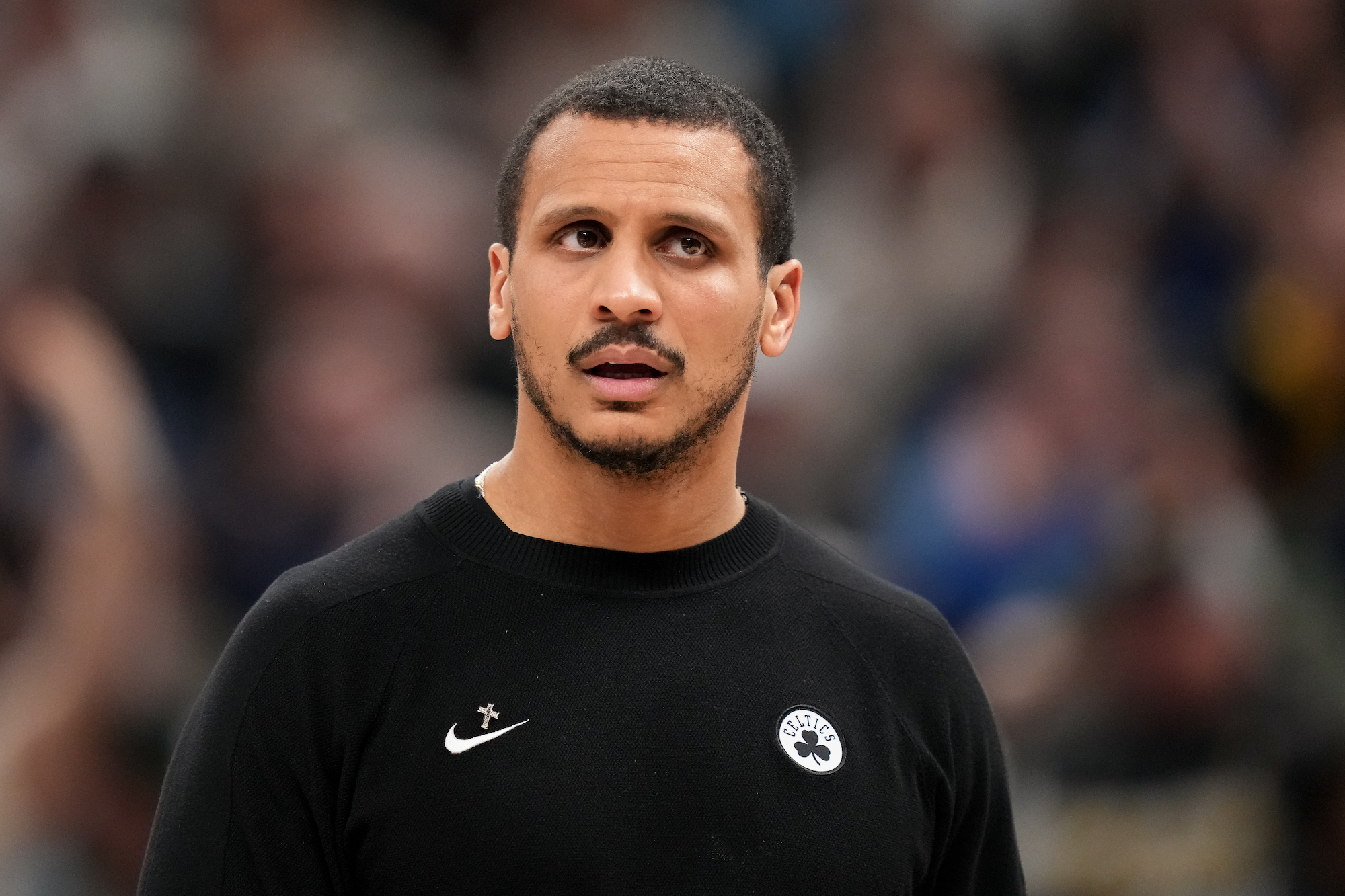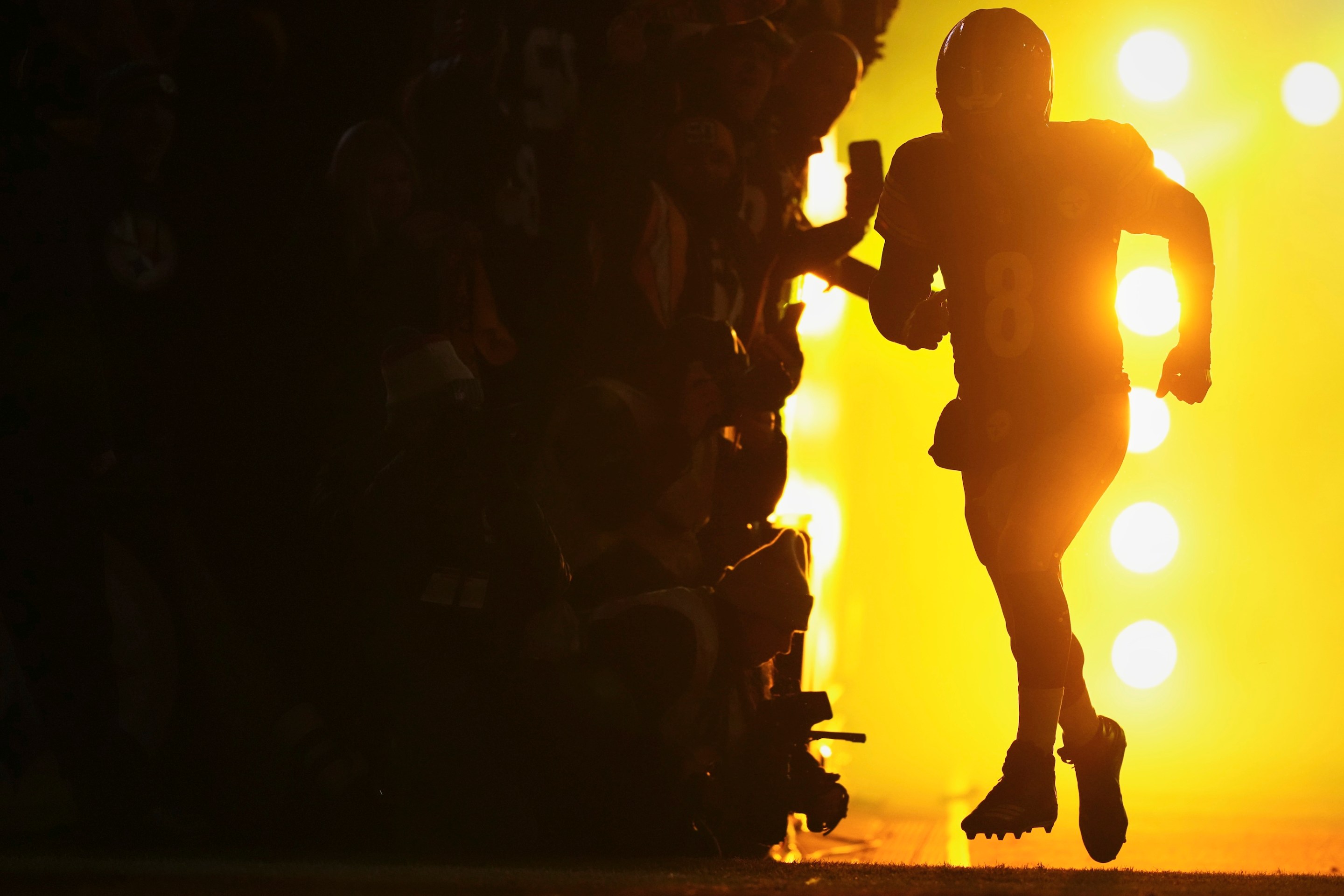Like birds and toddlers, everyone can become a little too enchanted with their own reflection from time to time. The store window is so big and so shiny in the morning light. Your coat is flowing. Your hair doesn't look like shit today. You take a glance. Who is she? She's you! To see yourself the way you perceive yourself inside your own head (absolutely not with a new pimple or a new wrinkle or in bad florescent lighting) is a gift. We are almost all endlessly curious about how we are perceived. That's why every six months someone goes viral on TikTok for saying that the front-facing camera doesn't show your face how other people see it: because there is a fear in presenting who you are to the world in a way you do not intend that is innate and visceral.
The mirror, too, is not exactly accurate. Leonardo da Vinci famously told students that when painting they should look at their subject, say an apple on the table, both with their own eyes, and through the lens of the mirror, where it would be distorted slightly by rendering the image flipped. A painting, da Vinci believed, should represent both: an object and its reflection. The Renaissance theorist Leon Batista Alberti believed that "the inventor of painting ... was Narcissus ... What is painting but the act of embracing by means of art the surface of the pool?" In trying to see the world, what we are actually looking for most often is ourselves.
I have been thinking about mirrors and art and artists and Narcissus for the last day, because yesterday Spotify released its annual Spotify Wrapped. According to Spotify's own press release, Spotify Wrapped is "a celebration of the realest moments that defined your year on Spotify." What this means is that the company released (as it has every year since 2016) a massive algorithmic content generator that runs each of Spotify's self-reported 574 million users's listening habits through a number cruncher and spits out those numbers in a well-designed package that plays like an Instagram story in the app. You click through and see who your top artists were, what your top songs were, what your top podcasts were, how many minutes you listened, and on which days you listened the most.
There are other websites (like this one) which also show you your Spotify stats, but they aren't designed specifically for sharing. Spotify Wrapped is, first and foremost, advertising. And it's advertising that works. In 2022, Spotify self-reported that 456 million users would get them. This year, that number is 574 million. There is no better form of marketing than FOMO. If all your friends are posting Spotify Wrappeds, won't you? The Wrapped is designed to make you feel included or excluded, to convert you into a user.
Each year, Spotify adds something cutesy to the Wrapped. The cutesy thing is another algorithmically generated option. Last year, it presented users with a personality, like "the early adopter," "the deep diver," "the devotee." This bit did not share very well, so Spotify rebranded it. This year, the personalities are "characters" like Vampire, Collector, Time-Traveller, and Hypnotist. Spotify Wrapped 2023 also added another gimmick: It gave you a town with the most similar listening tastes. For many young Americans, those towns were (at least according to the memes) overwhelmingly Burlington, Vt.; Cambridge, Mass.; and Berkeley, Calif.
This creates a kind of monoculture that doesn't actually exist. We are all the same, the algorithm says. If you listen to Muna, or Noah Kahan, or Boygenius, or any other pretty popular young gay-appealing artist, you'll end up in Burlington, Cambridge, or Berkeley, with all of your peers! That feels good, doesn't it?
In her 2022 song "Wrapped," Sadie Dupuis, who also plays with Speedy Ortiz and is my friend, wrote, "If it’s not the list, why’d you bother with listening? Year end lists, teenage-y & tragic. Plant your flag, fight for its battalion. Print it out, play it to the rafters. Year end lists are permanent forever."
We all love a mirror, don't we? Show me my habits. Show me my favorites. Tell me which artist I loved the most. We want to see ourselves, and in many ways that is the purpose of art. When you watch a great movie or see an incredible painting, or put on an album, that is also a kind of searching. We use art to help us understand the world. The art is itself a mirror that we crave. We want to understand ourselves, our place in the world, and our desires. We want to see what our friends like, what they listen to, and what kind of mirrors they are looking in.
But this is the magic trick the Spotify Wrapped pulls every year. Nobody thinks about the mirror. How often have you been doing chores, and realized that the mirror you check your reflection in every day is covered in little toothpaste globlets? It's hard to notice the mirror when you are looking so intently at yourself.
I am not trying to shame anyone for enjoying their own reflection. Wanting to see yourself is innately human. The moral of the myth of Narcissus isn't that beauty is bad but that self-obsession so strong that it blinds you to reality (that the being you're in love with is you in; that these beautiful graphics hide a very dark reality) will kill the thing you love.
Spotify has built such a good mirror in Spotify Wrapped, that it is easy to forget that Spotify is very rapidly and happily destroying the music industry. It has now expanded its reach to include podcasts and audiobooks.
I don't think any artist I know of is upset that people listened to their songs, or want to share them. This was my second year seeing something I have personally created (Normal Gossip) appear on people's Spotify Wrappeds. It is a bittersweet reality to confront. I am so happy (overjoyed, even) to have made something that people enjoy. I am so relieved to see that of all the podcasts in the world, they choose to listen to ours. And I am terrified (positive) of the people who have managed to listen to five times as many minutes of the show as we published this year. But I am also brutally aware of the fact that Spotify gets paid a monthly fee by most of its users (or serves them ads if they don't pay) and that we do not see a dime of that. The platform is fundamentally broken in how it treats artists, and it is the most dominant platform on the market.
Last year, the Union of Musicians and Allied Workers tweeted an interactive "Wrapped" experience that showed users how much of their monthly fees went to the artists whose songs they were playing, and how much went to executives and shareholders. The answer for most people was somewhere around 30 percent. This tool is no longer online. "An analysis just two years ago in 2018 estimated that Spotify’s average royalty rate to artists was $0.0054," Ashley King wrote in DigitalMusicNews. "That number has dropped significantly in just two years; imagine what it will be in 2025."
Currently, the estimated payout (which varies in Spotify's very complicated algorithm based on streams, and whether listeners are premium, and the particulars of a given artist's personal deal with the service) is somewhere around $0.0038 per stream. That means that you have to listen to a song three times to earn an artist one cent, a single penny. To earn them a dollar, you have to listen to that song 300 times. Even at Spotify's "higher" published royalty rate ($0.0086), you'd have to listen to a song more than 100 times to make one dollar for the artist whose song you (clearly) love.
Here's what the Union of Musicians and Allied Workers has on their website: "To pay the median American monthly rent ($1,078) an artist needs to generate 283,684 recurring streams monthly. And to earn $15/hr each month working full time, it would take 657,895 streams per band member." It's important to note that all of these numbers are vague and estimates. In stark contrast to the shiny data-driven graphics, Spotify is notoriously opaque about their contracts, deals, and payouts.
Part of the brilliance of Spotify Wrapped is that in the slideshow, if your most played artist is famous enough, there's a little video from your favorite artist this year. So it is possible to believe that artists have made peace with the platform. Even Taylor Swift, who was once vocally and adamantly against a platform like Spotify, has quieted. For her Taylor's Version releases, Swift has even dropped her previous stance of withholding new albums for two weeks before allowing them to stream. She was Spotify's most played artist in the world this year, and she released a bonus song as a celebration.
I am a Spotify user, so by no means am I blameless here. I do my best to counteract these meager fees by buying vinyls of the albums I love, and seeing as many bands in concert as I can manage. But I, too, love my reflection. I want to see the pretty graphic that tells me I belong in Burlington, am a Vampire, and listened to a lot of M.J. Lenderman this year.
Yesterday, watching my feed and the Normal Gossip feed fill with Spotify Wrappeds, I felt a gnawing terror (negative) building in my stomach. A machine like Spotify exists in an eternal present. It is forever in need of new content and more content to survive. It is a platform that not only values quantity over quality to the nth degree, but also teaches its audiences to do the same. The audience, then, must be wary. We have to at least acknowledge that while the reflection of ourselves is beautiful and exciting, the mirror we see it in is haunted. We have to try and remember that to stream songs on Spotify is not supporting artists, and that if we love something, it deserves to be paid for. We have to believe that artists deserve more than fractions of pennies for art.
Because ultimately, the mirrors we want are the songs and the podcasts and the audiobooks. The Spotify Wrapped is a trick, a little sleight of hand, to convince you that Spotify is also an artist. But it isn't. Spotify isn't an artist. Spotify isn't even a record label. Spotify isn't even a mirror. It's just pretending to be.

